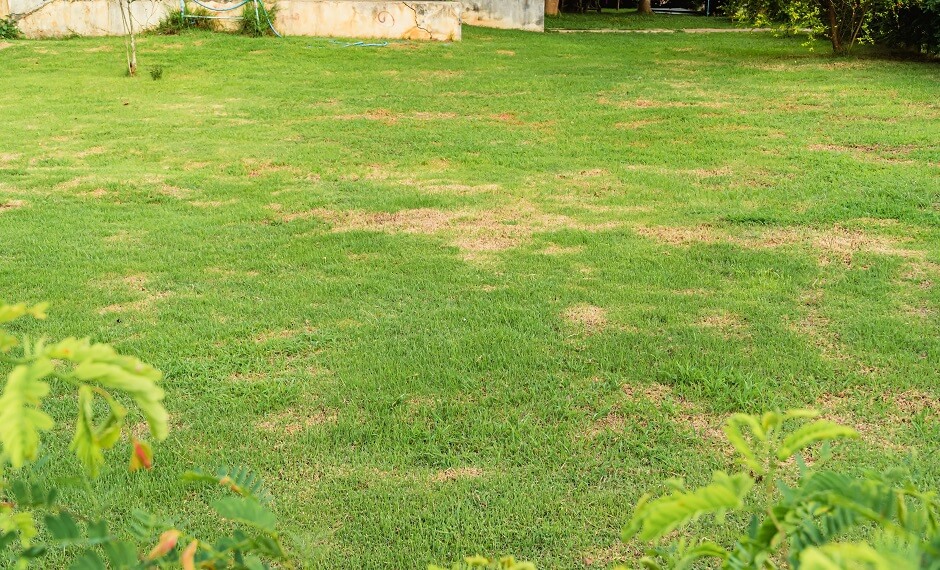
Few things give homeowners more pride than a beautiful green lawn, but it is no simple work to cultivate yours. A green lawn makes any front or backyard seem welcoming and healthy, and that is why people get so frustrated when they wake up to see yellow grass.
Whether it is a general yellowing in the whole grass or isolated spots, you might be wondering: “why is my grass turning yellow?”. Well, the answer is not that straightforward – as there are many reasons that may be causing it, from disease to dog pee.
Continue reading to find out the most probable reasons for your yellow lawn and their solutions.
Why Is My Grass Turning Yellow?
Depending on the season and country area you are living in, conditions will change, and so is the answer to yellow spots in grass or general yellow lawn. Overall, there are these common causes that may be affecting your lawn: too little or too much water and/or fertilizer, compacted soil, mower issues, pet urine or diseases.
Take a look at the possibilities.
Too Little or Too Much Water
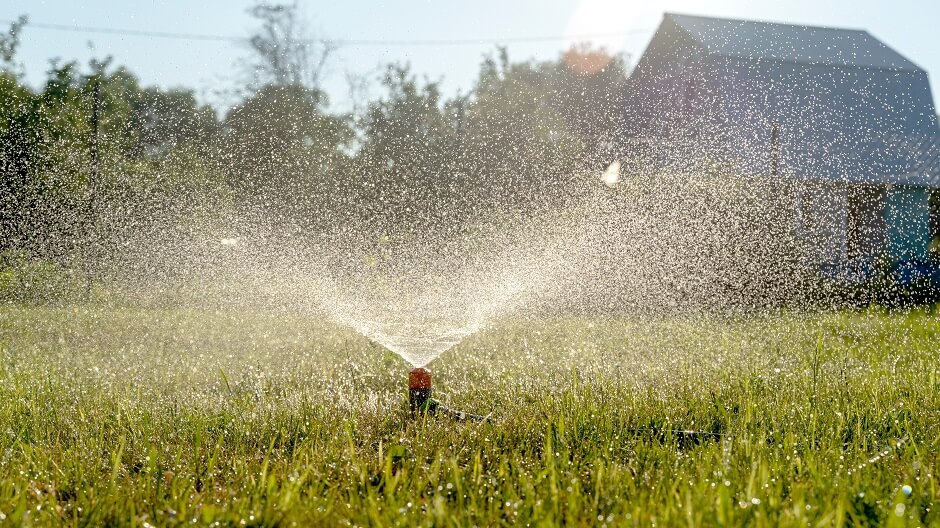
Maybe the most instinctive and common answer to yellowing grass is the lack of water. Depending on the soil and weather conditions, your lawn will require more water than you are giving.
On the other hand, overwatering can cause the grass to look yellow too. The roots lack oxygen when too much water is put over the grass plant.
Too Much or Too Little Fertilizer
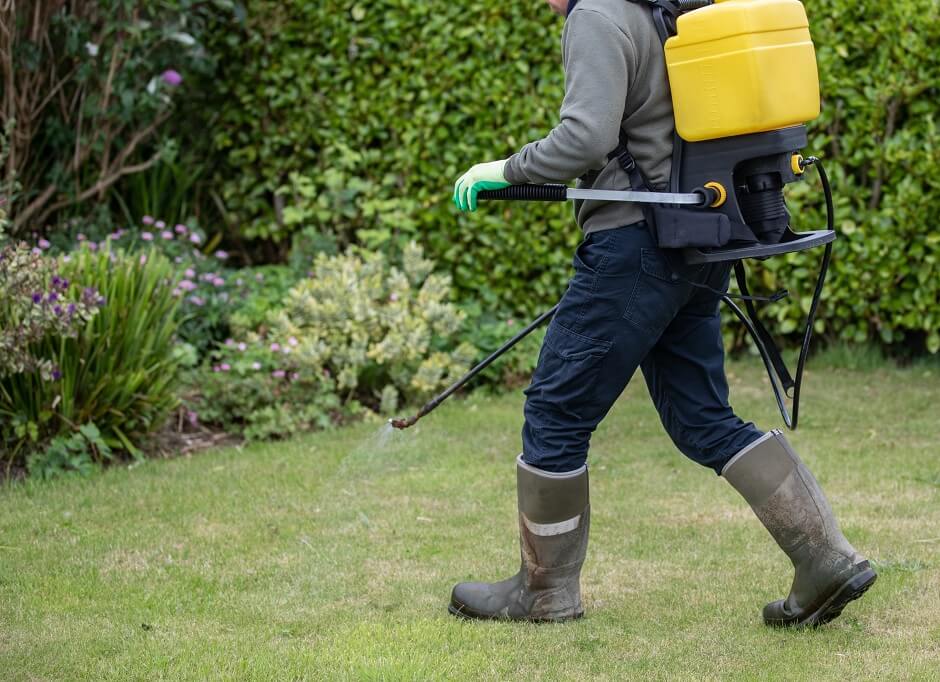
As it works for most living things on earth, balance is key. If you simply do not fertilize your lawn, it will never have enough nutrients to thrive. However, giving it too much fertilizer will exaggerate the nutrients – which can't even be processed – and will not turn your grass greener.
Mower Issues
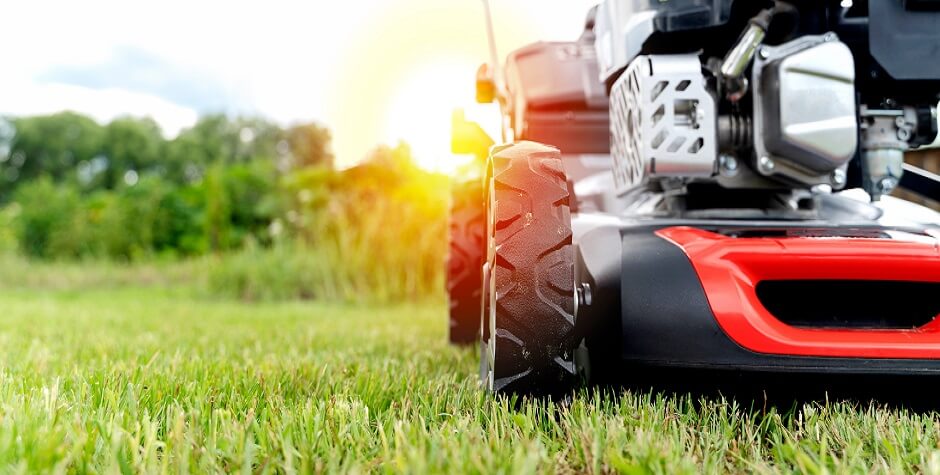
The right mower machine makes the whole difference in the grass health. Two aspects are important when considering mowing habits:
- if you cut the grass plants too short, they will suffer and turn yellow; and
- if the blades of your mower are blunt, the grass will not be cut, but torn apart.
That is why mowing is an important but delicate task.
Diseases
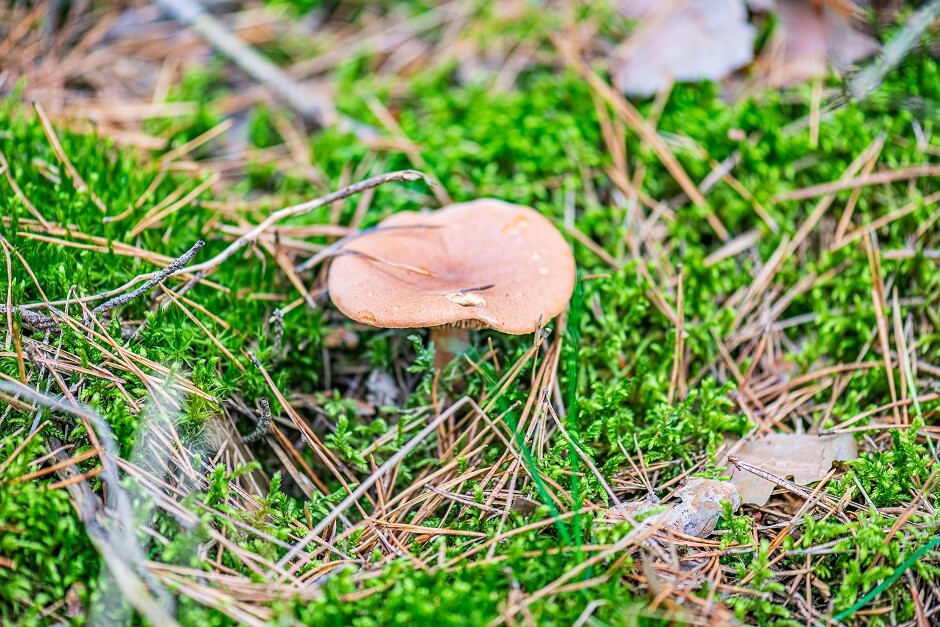
Diseases may be caused by weather conditions changes or by pests that often attack grass. After winter plants become dormant, fungi and weeds take on this moment to spread.
Temperature and moisture levels will affect the likelihood of common fungal diseases.
Pet Urine
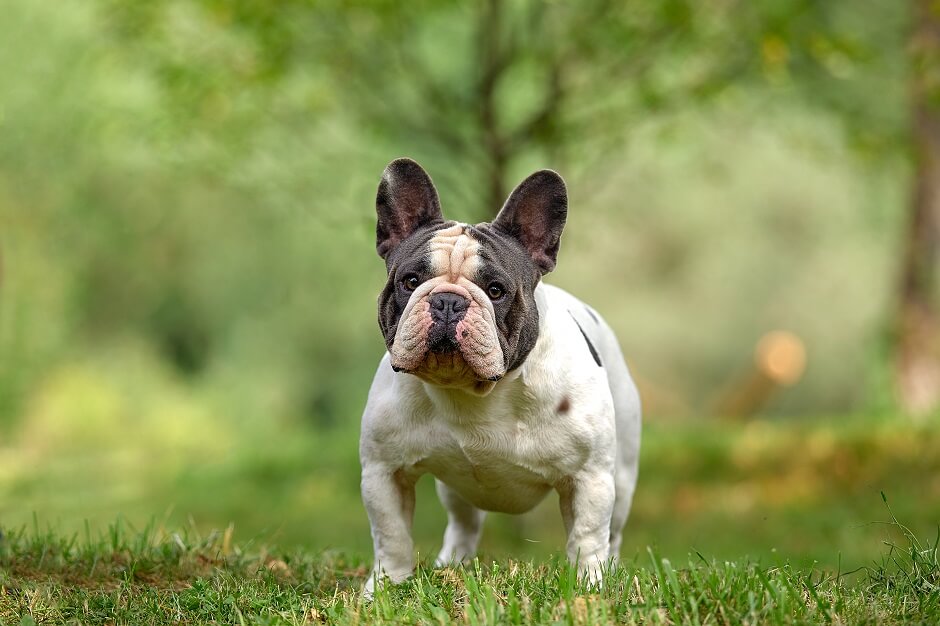
The ammonia released with dog urine burns the roots of grass plants, causing the very common dog yellow spots on the lawn. If you have pets, this is very likely to be the cause of your grass turning less green.
Compacted Soil
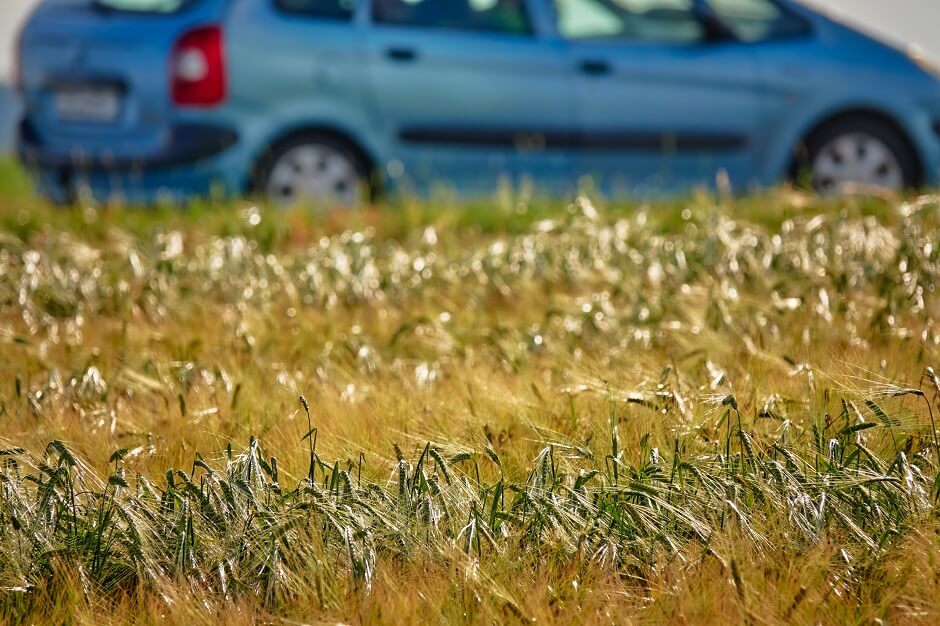
Yellow lawn also happens when there is too much movement on grass, such as cars driving by or people walking on – or even heavy playground toys. The soil gets compacted with the pressure and does not allow the grass to properly receive air and water – its basic needs.
How Do I Fix Yellow Grass Spots?
For each diagnosis, there is a remedy. Here are the best ways to solve your yellow lawn:
- balance the watering routine, a good wet once a week will work;
- know when to fertilize, two or three times a year is sufficient;
- check your mower blades, both sharpness and height;
- prevent diseases with balanced water, fertilizer and mowing;
- plus, after a harsh winter or a hot summer, pay special attention the care habits and your lawn will recover; and/or
- try to distribute the spots where your dog urinates and where there is pressure, so the grass will not suffer with the ammonia and pressure in the same spots;
If you are wondering “why is my grass turning yellow?”, do not worry: there are many possible reasons, but also many solutions. Reach out for our licensed lawn contractors to help you recover the greenest lawn quickly!
 Let a landscape architect give you an estimate on your project
Let a landscape architect give you an estimate on your project

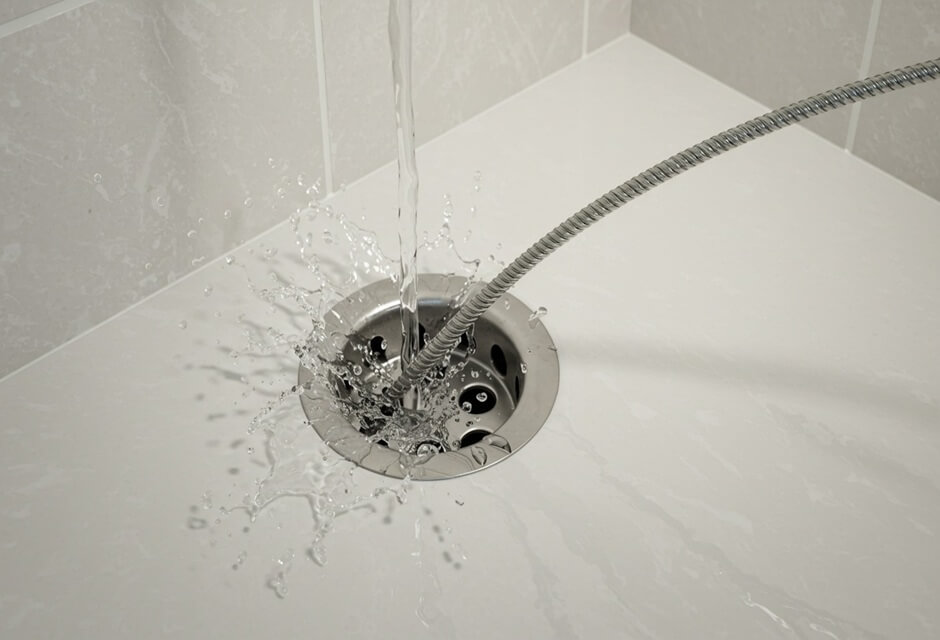
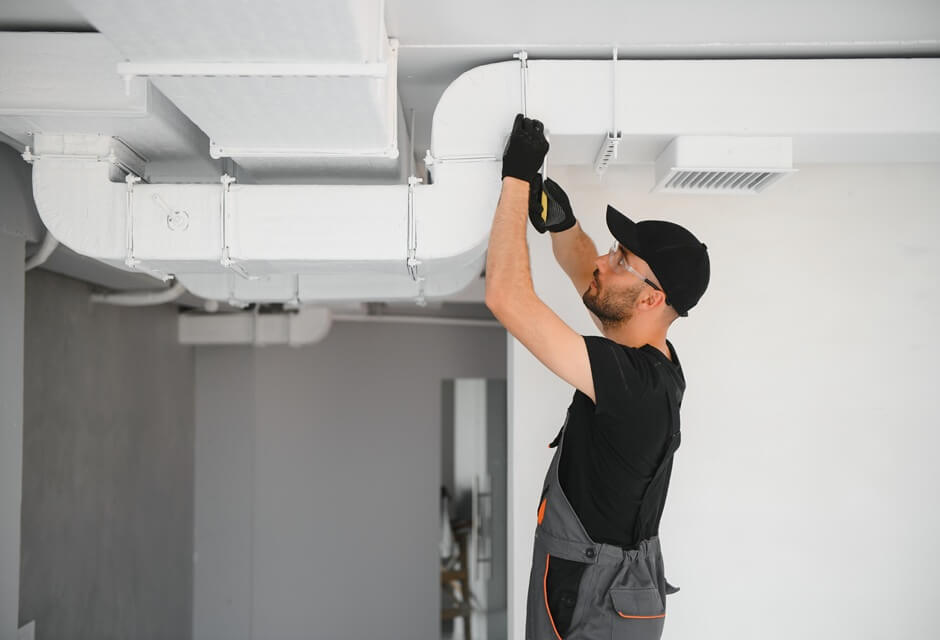
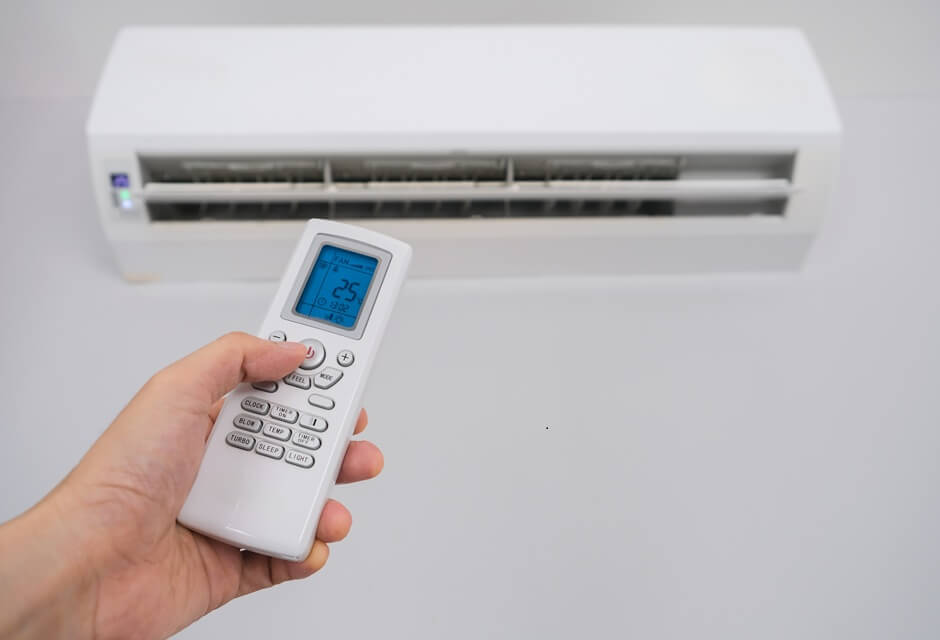
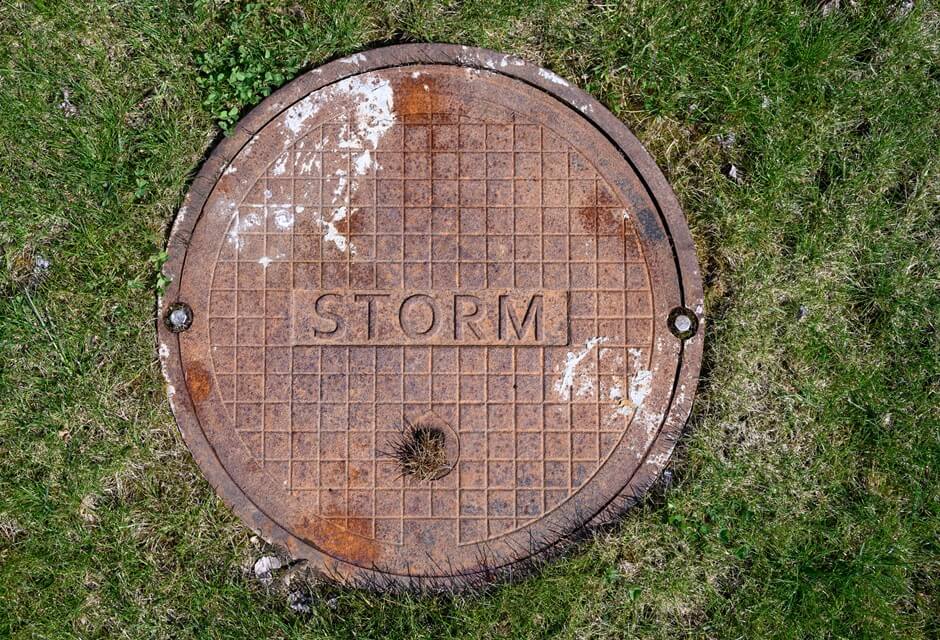
 Member of the
Member of the